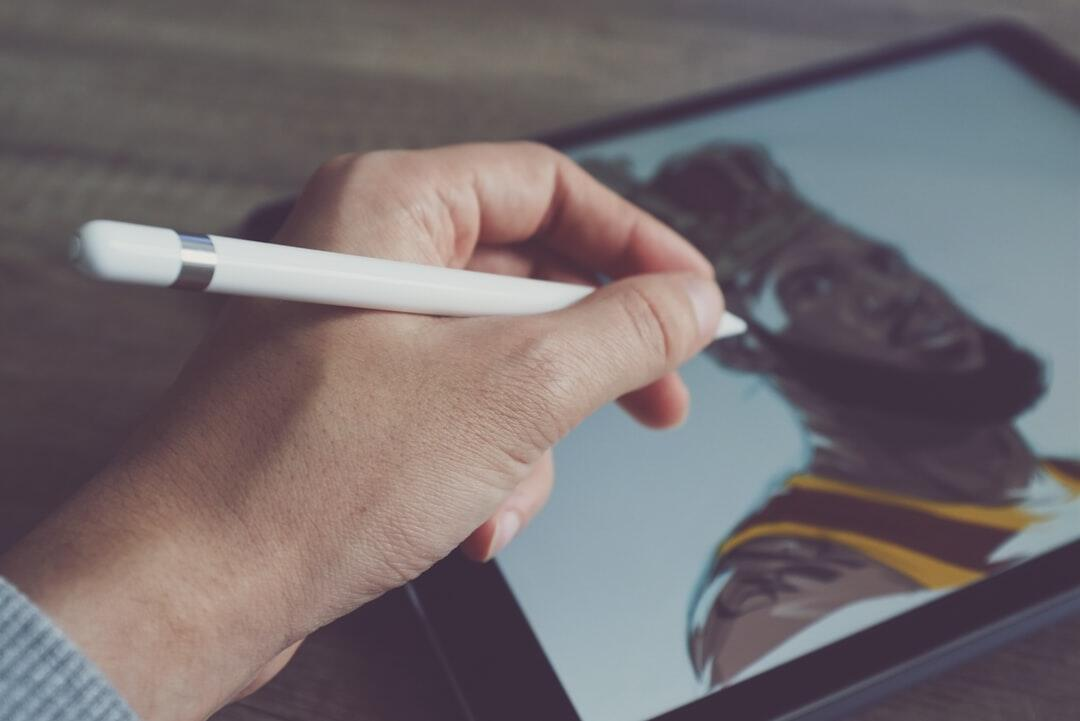Technology
Quick Tips for Enhancing Digital Photography: From Amateurs to Pros

In today’s fast-paced world, digital photography is more than just snapping a picture. Whether you’re capturing moments for social media, business, or personal memories, image quality makes a big difference. A dull or blurry photo often goes unnoticed, while a sharp, vibrant one captures attention instantly.
The good news? You don’t need to be a professional photographer to create stunning visuals. With the right tools, anyone can make photos look professional. From simple adjustments to advanced editing techniques, you can elevate your shots and make them stand out.
If you’ve ever wanted your photos to look clearer, brighter, or more engaging, this guide provides the steps you need to achieve that. Let’s explore the practical tips and digital tools that can take your photography skills from amateur to professional.
Why Photo Quality Matters
Clear, high-quality images communicate your message effectively. Blurry or poorly lit photos can turn viewers away. Sharp and well-lit images not only capture attention but also build trust.
Professional photos are more shareable on social media. Platforms like Instagram and Facebook favor vibrant, engaging visuals. Strong imagery enhances your content and makes your products or brand more appealing.
Tip 1: Master Lighting Basics
Lighting is the foundation of every great photo, and it determines how your subject is perceived. Even the most advanced camera can’t fully compensate for poor lighting conditions. Natural light, especially during golden hours, adds warmth and depth that flatters your photos.
When shooting indoors, positioning makes a big difference. Place your subject near a window or soften artificial light with curtains or diffusers. Avoid harsh, direct lighting, as it creates unwanted shadows and makes details harder to capture.
Tip 2: Focus on Composition
Composition shapes how viewers engage with your photos. A simple technique is the rule of thirds, where you divide the frame into nine equal sections. Putting main subjects along the lines or intersections makes photos look balanced and pleasing.
Creativity often comes from experimenting with perspectives. Try shooting from above, crouching low, or tilting your frame slightly for a unique effect. By practicing these methods, your images will feel intentional and more polished.
Tip 3: Use Editing Tools Wisely
Editing allows you to enhance your photos beyond what the camera captures. Adjusting brightness, contrast, and sharpness brings clarity and vibrancy. Small changes can make an ordinary photo look professional without heavy filters.
For beginners, a free image enhancer is an excellent place to start. These tools quickly improve color, sharpness, and overall quality with minimal effort. More experienced photographers may prefer software like Lightroom or Photoshop for advanced control.
Tip 4: Learn to Stabilize Your Shots
Shaky hands are one of the most common causes of blurry photos. Holding your camera firmly with both hands or bracing against a solid surface can minimize movement. A tripod is also a simple investment that provides consistent stability.
If a tripod isn’t available, small tricks can still help. Hold your breath before pressing the shutter or lean against a wall for extra support. These adjustments ensure sharper, clearer results with less motion blur.
Tip 5: Enhance Colors and Textures
Vibrant colors and rich textures bring photos to life. Adjusting saturation carefully helps colors stand out while still looking natural. Proper contrast also highlights details and adds depth to the scene.
When photographing products, enhancing textures makes materials look more defined and appealing. In portraits, balancing skin tones with background hues creates visual harmony. By refining color and texture, you’ll make photos more engaging and eye-catching.
Tip 6: Upgrade Your Gear Strategically
You don’t always need the latest camera model to improve your results. Small upgrades, like clip-on lenses for smartphones or a reliable tripod, can make a big difference. These tools offer flexibility without requiring a major investment.
If you’re serious about advancing, consider upgrading to a camera with a better sensor or specialized lens. Focus on gear that matches your preferred style of photography. Strategic upgrades will improve quality while keeping your setup practical.
Tip 7: Leverage AI and Modern Tools
Artificial intelligence is transforming the way photographers edit their work. AI-based editor and free image enhancers can fix lighting, sharpen edges, and reduce noise in seconds. These tools make advanced editing accessible to everyone.
For beginners, AI takes the guesswork out of adjustments. Instead of learning complex settings, you can let the software optimize images automatically. This saves time and lets you focus more on capturing moments than fixing flaws.
Tip 8: Practice Storytelling Through Photography
A great photo does more than capture a subject-it tells a story. Think about the mood, emotion, or message you want the image to express. Using backgrounds and supporting details adds context and depth.
Travel photos are stronger when they show culture or surroundings along with the main subject. Storytelling makes your photos feel more personal and memorable. This approach helps viewers form an emotional connection with your work.
Tip 9: Learn From Professionals
Studying professional photographers shows you how to take better photos. Notice how they use light, angles, and editing to make images look strong. This helps you learn methods that improve your own work.
Don’t just copy their style-use what you learn to create your own. Pay attention to what makes a photo stand out. Over time, this builds your skills and your personal style.
Tip 10: Consistent Practice Makes Perfect
Photography is a skill that improves through repetition and exploration. Carry your camera or smartphone regularly and capture moments in different settings. The more you experiment, the more confident you will become in using your tools.
Over time, you’ll develop instincts for lighting, angles, and composition. These habits turn occasional attempts into reliable skills. Consistent practice is what transforms beginners into skilled photographers.
Elevate Your Digital Photography Today
Enhancing digital photography doesn’t require expensive gear or years of experience. Learn to use lighting, composition, and editing, and try free image enhancers to make your photos clearer and more professional. Start using these tips now for memories, products, or your personal brand.
Remember, every small improvement adds up to noticeable results. For more insights into photography and digital tools, keep reading our blog. You’ll uncover numerous strategies to effortlessly transition your images from amateur to professional quality.
Visit our website for more like this.
-

 Celebrity1 year ago
Celebrity1 year agoWho Is Jennifer Rauchet?: All You Need To Know About Pete Hegseth’s Wife
-

 Celebrity1 year ago
Celebrity1 year agoWho Is Mindy Jennings?: All You Need To Know About Ken Jennings Wife
-

 Celebrity1 year ago
Celebrity1 year agoWho Is Enrica Cenzatti?: The Untold Story of Andrea Bocelli’s Ex-Wife
-

 Celebrity1 year ago
Celebrity1 year agoWho Is Klarissa Munz: The Untold Story of Freddie Highmore’s Wife
















